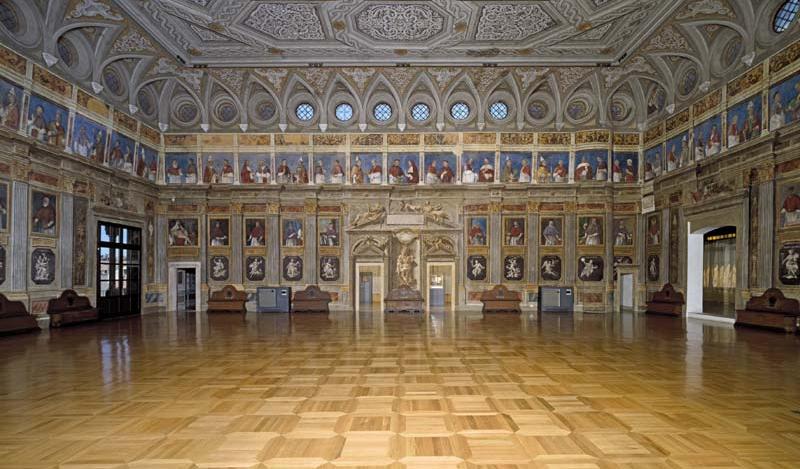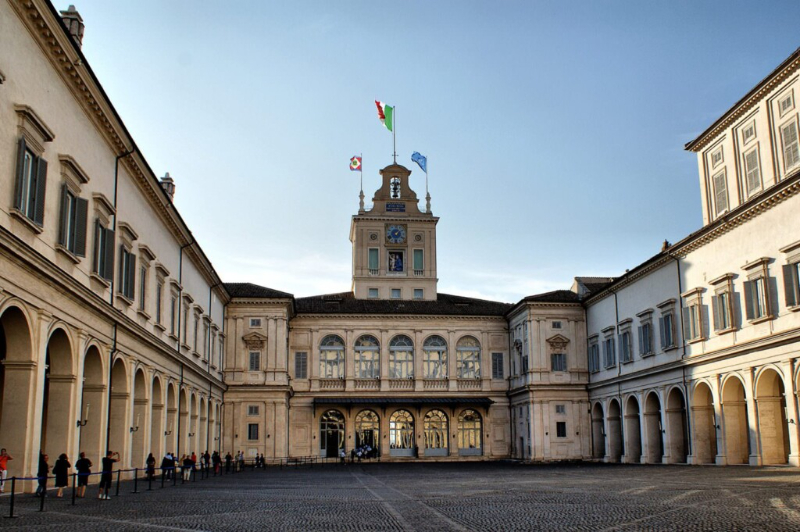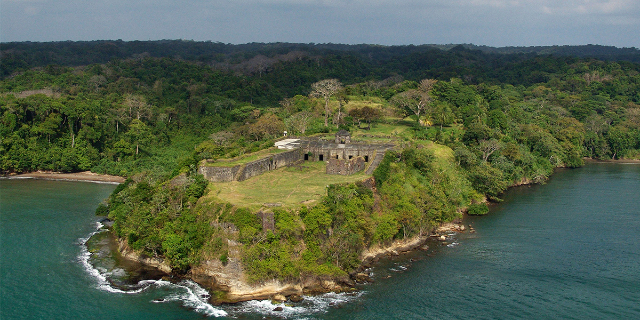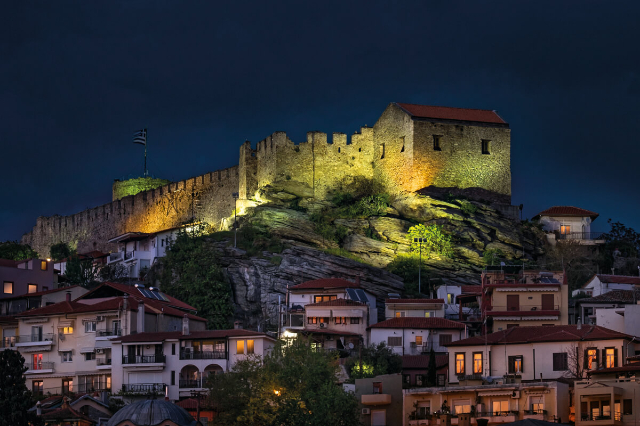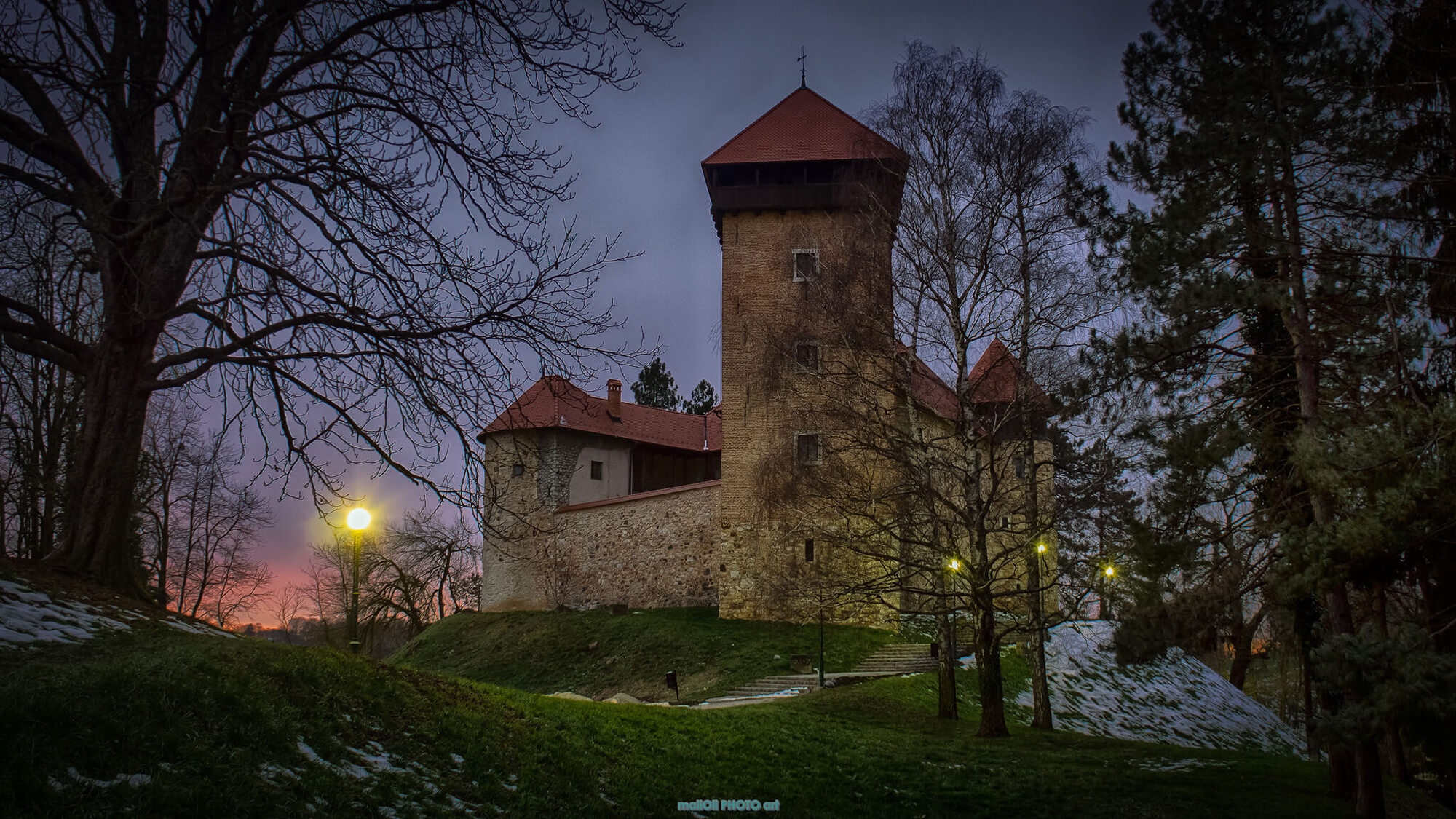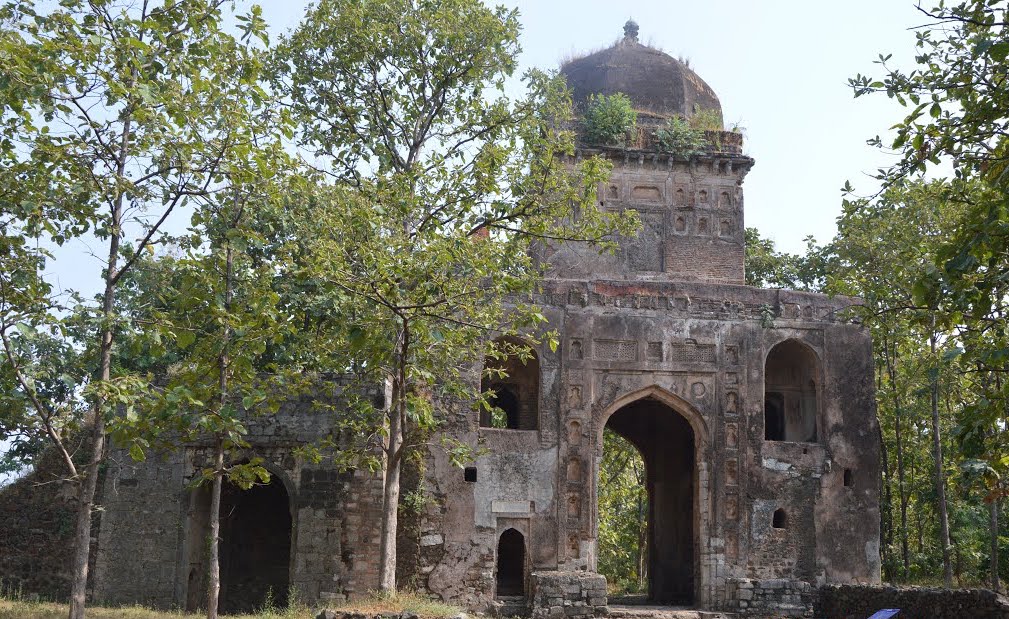The Bishops’ Hall is located in the monumental floor of the Bishop’s Palace of Padua; the origin of the complex, built south of the Cathedral, dates back to the early fourteenth century, as attested by a plaque of 1309, which states the construction of a palace cum sala, wanted by Bishop Pagano della Torre (1302-1319). The specification cum sala indicates that the Hall was an integral part of it from the beginning.
From the fifteenth century, thanks to the renovation commissioned by Bishops Pietro Donato, Iacopo Zeno and Pietro Barozzi, the medieval buildings were transformed into a grand Renaissance residence and over time assumed the architectural and artistic characterisation that is still maintained today.
In the monumental Hall the Bishops gathered the diocesan clergy and spoke to the representatives of the various parish communities; they did so in the silent ‘presence’ of the Bishops who had preceded them, depicted in the portraits on the walls of the hall, witnesses of a millenary Christian tradition. It is very likely that the commissioner, Bishop Pietro Barozzi (1487-1507), was thinking precisely of this when he commissioned the painter Bartolomeo Montagna to decorate the throne room with portraits of the first hundred Bishops of Padua, starting with Prosdocimo, the first spreader of the Christian message in the Veneto region, and ending with the commissioner himself.
Today, around that hall, in a succession of rooms, are exhibited the testimonies of a faith rooted and alive for centuries. The Hall is in fact part of the Diocesan Museum set up in the Jubilee year inside the Bishop’s Palace.
